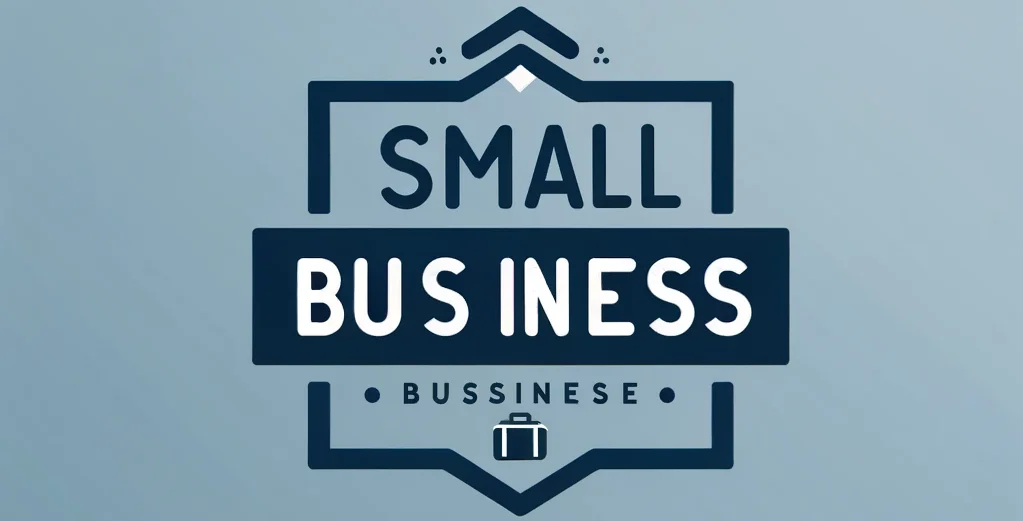In today’s competitive market, creating and delivering fantastic products and services is key to business success. Creating a good product design process makes this possible, but it can be time-consuming and costly, often leading to delays and inefficiencies. Streamlining these processes can improve efficiency and cut costs.
To begin, assess your current processes and workflows, evaluate your business functions, and pinpoint improvement opportunities. This enables you to create a results-oriented strategy. Here is a guide to help optimize your workflow, increase efficiency, and achieve success in product design.
How to Streamline the Product Design Process
Streamlining your product design process can save time, reduce costs, and boost overall efficiency. Here’s how you do it:
1. Set Clear Objectives: Clearly outline the purpose, scope, and desired outcomes of your project. Establish SMART (specific, measurable, achievable, relevant, time-bound) objectives. This clarity aids in decision-making and allows for better progress tracking and success measurement.
2. Use a Prototyping Tool: Prototyping tools let designers create mockups or interactive simulations before full development. This step helps test and refine the design, saving time and resources. Each tool plays a different role in the design process. High-fidelity digital representations, like a 3D precise mesh, can analyze the product鈥檚 form and function before physical production.
3. Employ a Time-Tracking Tool: Use time-tracking tools to monitor and record the time spent on various tasks. This provides insights into resource allocation and helps identify inefficiencies. It also enhances team communication and accountability by showing individual progress, which can improve morale by balancing workloads.
4. Prioritize Collaboration and Communication: Foster an environment where team members feel comfortable sharing ideas and feedback. Utilize tools like project management software, instant messaging apps, and video conferencing to aid real-time collaboration and communication. Engaging clients and end-users throughout the design process also helps incorporate valuable input early on, preventing costly changes later.
5. Conduct Research and Gather Information: Thorough research into market trends, user preferences, technological advancements, and competitors is crucial. Activities like user surveys, interviews, focus groups, and usability tests can identify strengths and weaknesses in existing products, aiding in better decision-making and identifying market gaps.
6. Testing and Feedback: This involves several stages like usability testing, user acceptance testing, and beta testing. Each stage helps identify and resolve issues early, incorporating feedback from stakeholders to refine the product and optimize its performance.
The Importance of Streamlining the Product Design Process
Streamlining can majorly impact a company’s competitiveness and overall success. Some benefits include:
– Reduced Time-to-Market: By cutting unnecessary steps and improving workflows, products reach the market faster.
– Cost Savings: Streamlining minimizes delays and resource wastage, leading to lower development costs and better budget management.
– Enhanced Collaboration: It promotes cross-functional teamwork and ensures everyone is aligned with common goals.
– Improved Product Quality: Iterative design, testing, and feedback help identify and fix issues early, resulting in better products.
– Increased Customer Satisfaction: Products that meet customer expectations lead to higher satisfaction and loyalty.
– Agility and Adaptability: Streamlined processes allow quicker adaptation to market changes, customer feedback, and emerging trends.
In conclusion, streamlining your product design process is crucial to staying competitive. By following these steps, companies can boost efficiency, cut costs, and deliver exceptional products. Streamlining is an ongoing effort, so keep evaluating and refining your processes for continuous improvement.



